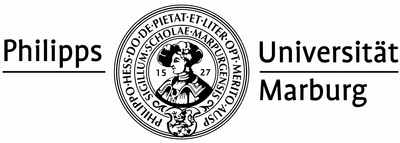STEMsalabim¶
The STEMsalabim software aims to provide accurate scanning transmission electron microscopy (STEM) image simulation of a specimen whose atomic structure is known. It implements the frozen lattice multi-slice algorithm as described in great detail in the book Advanced computing in electron microscopy by Earl J. Kirkland.
While there are multiple existing implementations of the same technique, at the time of this writing none of them is suitable for leveraging massive parallelization available on high-performance computing (HPC) clusters, making it possible to simulate large supercells and parameter sweeps in reasonable time.
The purpose of STEMsalabim is to fill this gap by providing a multi-slice implementation that is well parallelizable both within and across computing nodes, using a mixture of threaded parallelization and message passing interface (MPI).
Contact us!¶
STEMsalabim is a relatively young software package and was not heavily tested outside the scope of our group. We are glad to help you getting your simulations to run.
Please contact strl-stemsalabim [at] lists.uni-marburg.de for support or feedback.
Credits¶
- We acknowledge the creators of the supplementary libraries that STEMsalabim depends on.
- We would also like to acknowledge the creators of STEMsim, which we used as a reference implementation to test STEMsalabim.
- Once again, we would like to highlight the book Advanced computing in electron microscopy by Earl J. Kirkland for its detailed description of the implementation of multi-slice algorithms.
- STEMsalabim was written in the Structure & Technology Research Laboratory of the Philipps-Universität Marburg with financial support by the German Research Foundation
| Philipps-Universität Marburg | Structure & Technology Research Laboratory |
|---|---|
 |
 |